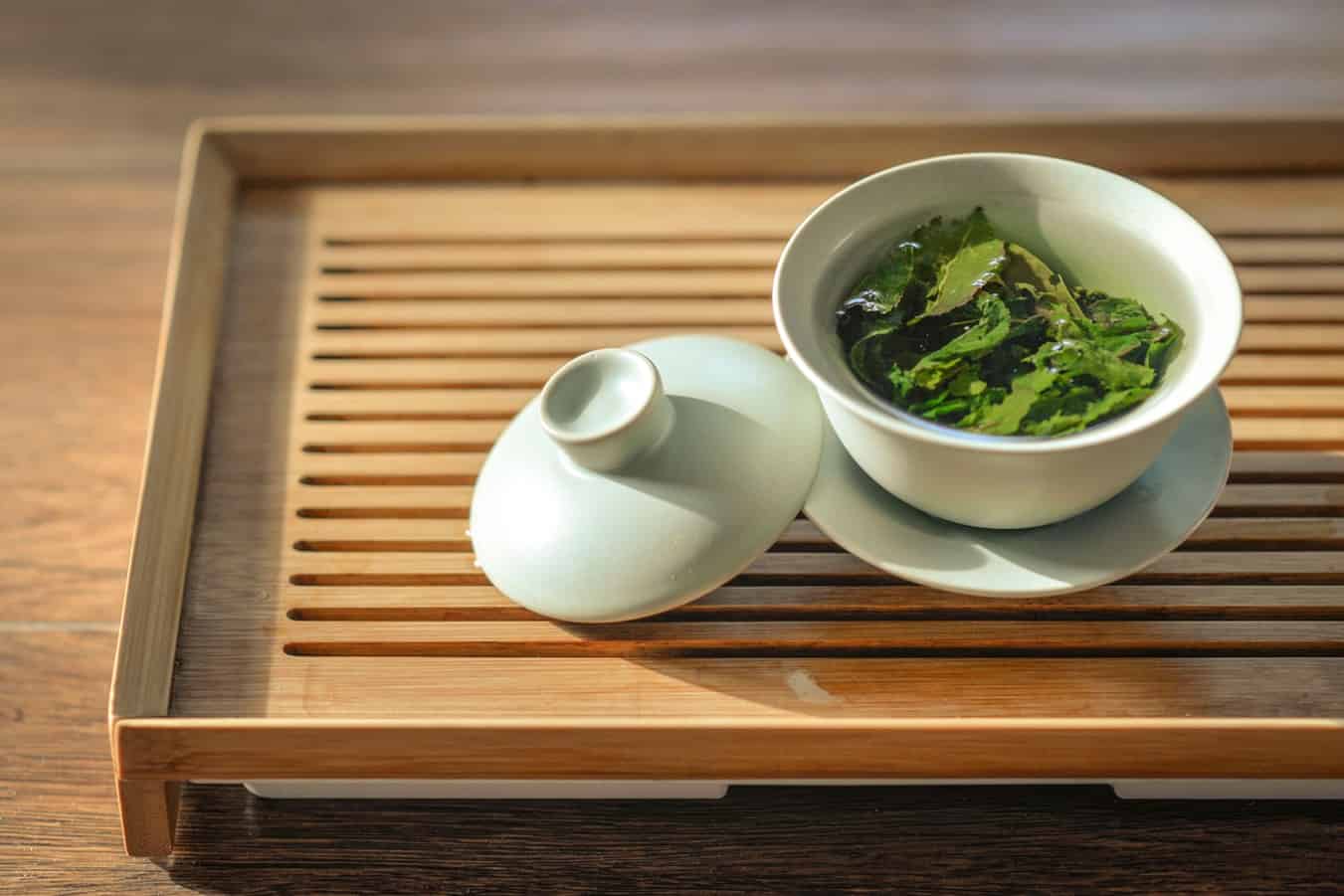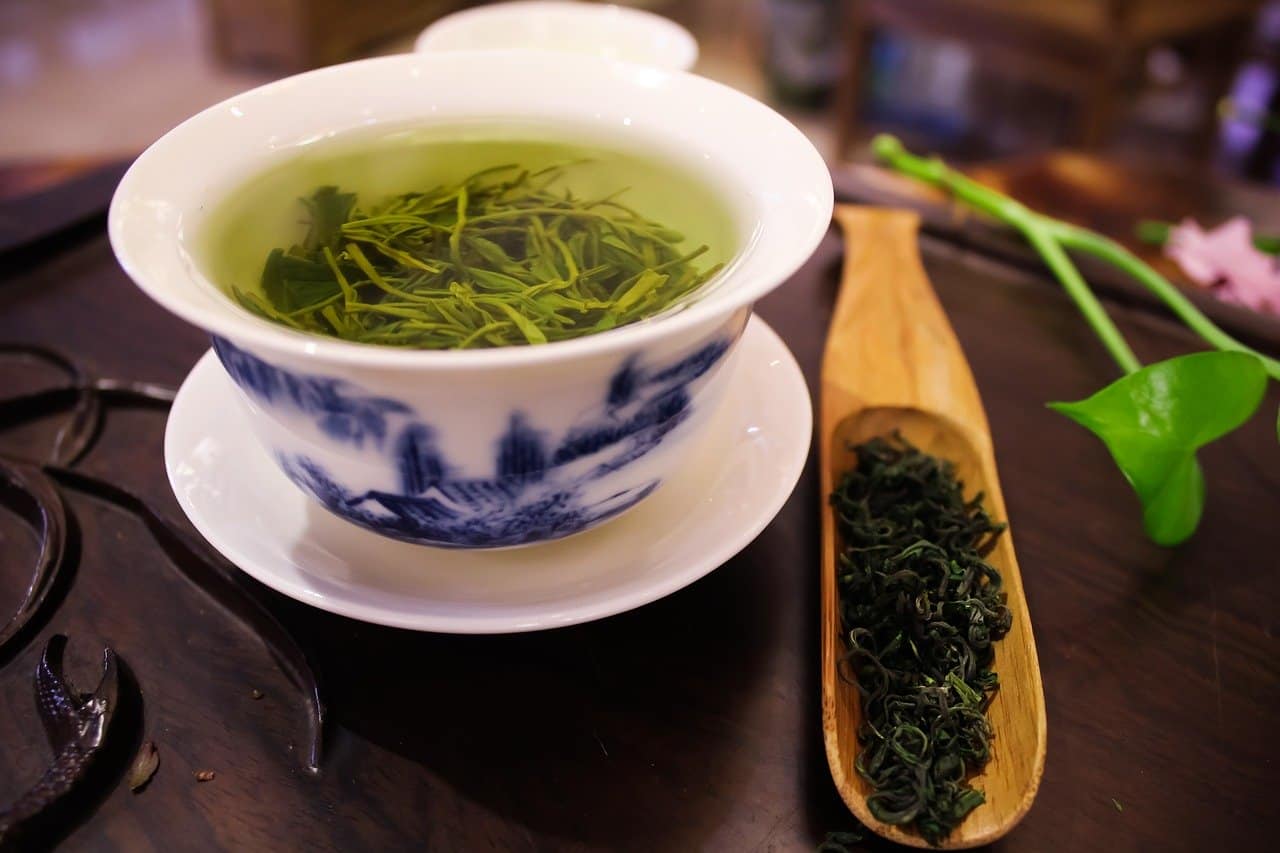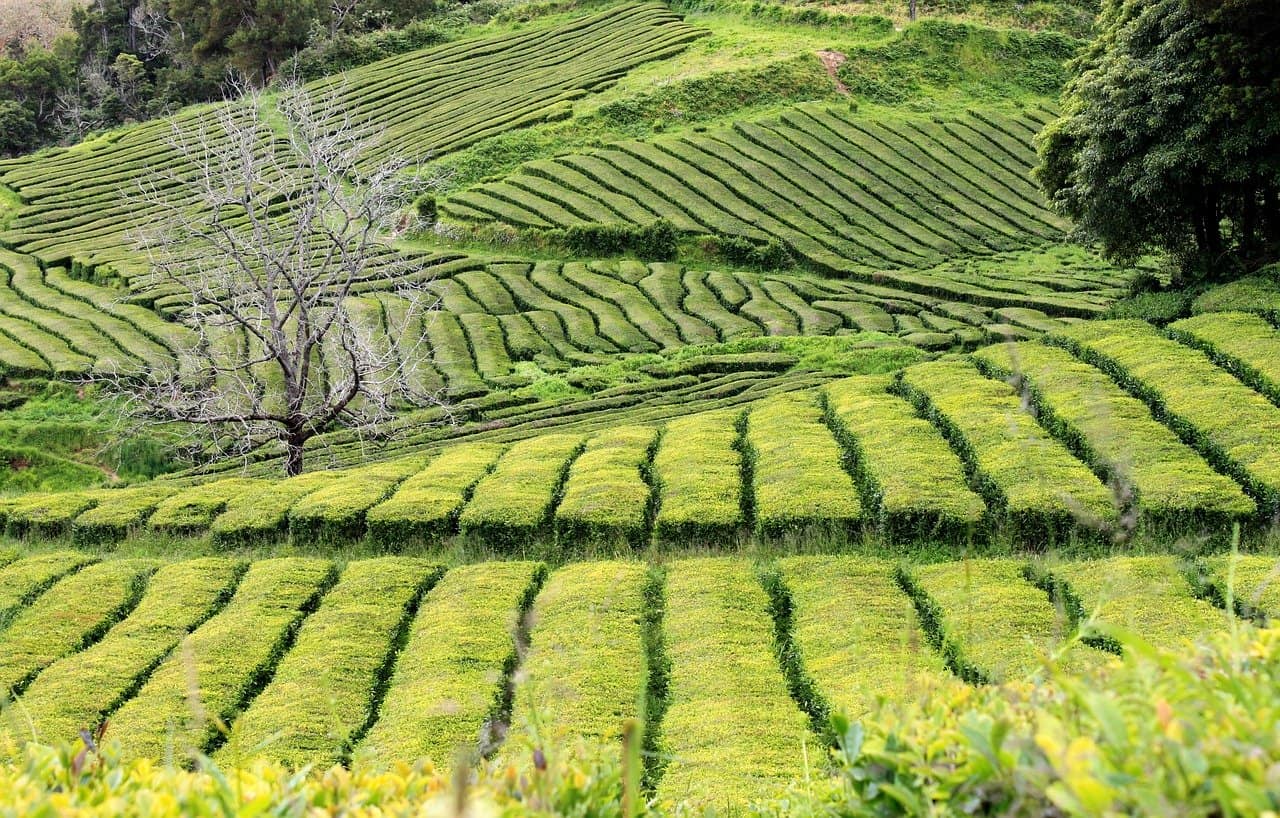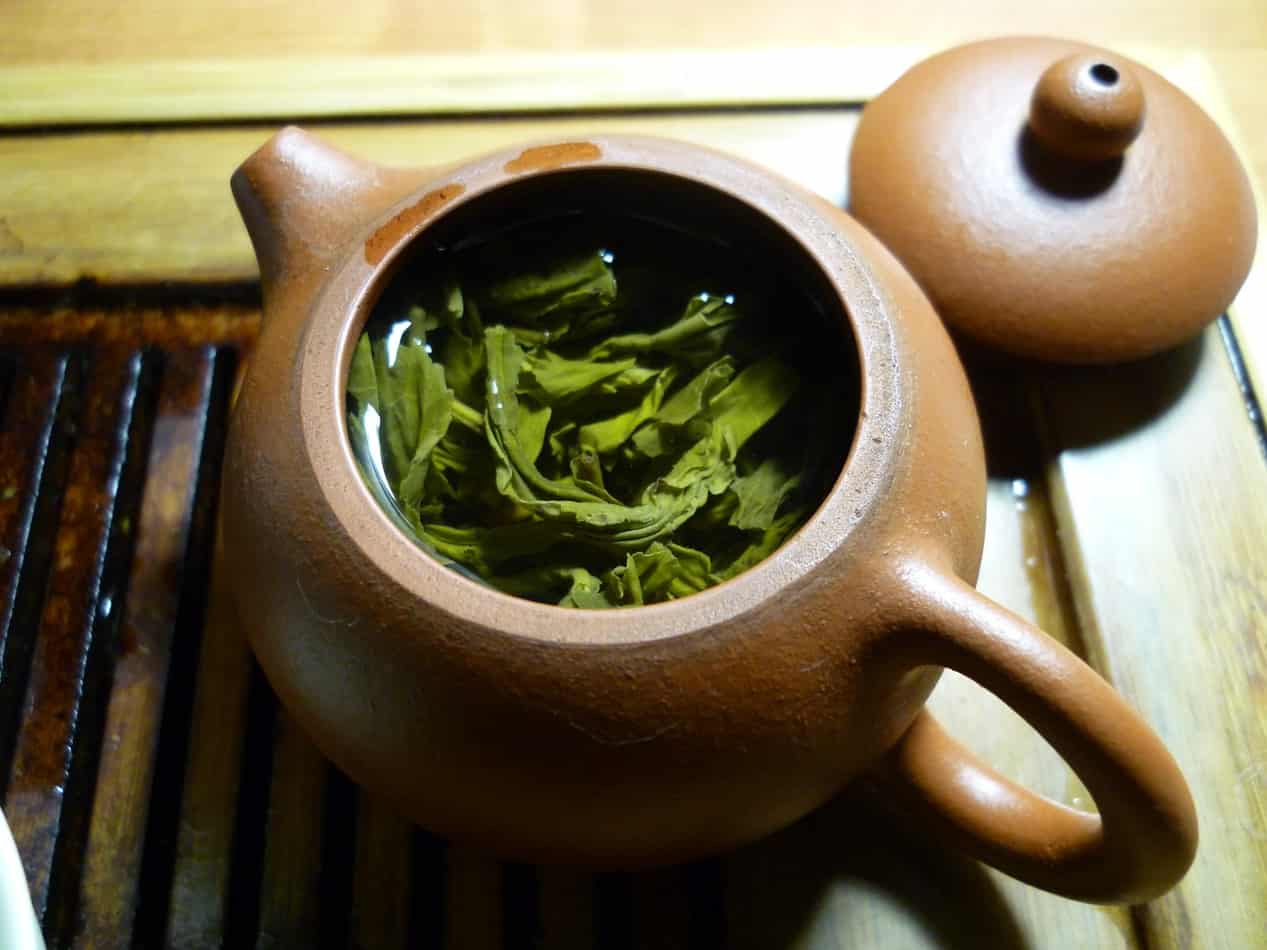What Happens When Oolong Tea Vs Green Tea
Oh, the world of tea! Which tea is better? We’ve decided to take an Oolong tea vs Green tea look at two popular teas. We will examine both and will conclude with a winner. Much more than a winner are the facts we will learn about each tea. Coming from the same plant, it’s interesting to see the differences. The differences can range from plantation, processing, packing, and even serving. I’ve had some of the best of these teas, and sadly, I’ve had some of the worst. So, when we take an oolong vs green tea, what stands out and what really matters?

Things to consider before buying a green or oolong tea
Oolong and Green tea have a few things in common. The most common thing is the fact that, like black and white tea, oolong and green tea all come from the same plant. The Camellia Sinensis is the plant responsible for all the great teas in the world.
The difference in each tea, including oolong and green teas, is the processing. That is what separates one tea from another. Isn’t it amazing!
While it seems so simple, there are things to consider when purchasing a tea. Not all teas are created equal. Not even teas of the same name. While preparation is important, so is:
Geography – Your particular love of tea has a lot to do with the area it’s planted in, grown, and harvested. In many of my reviews, you will see me talk about how you can almost taste or smell the area in which it’s planted. It has so much to do with it. Remove one good method and the tea changes. Location, location, and location. Where is your tea from?
Harvest – Tea has two main crops, a spring and a fall. There is a harvest that happens between, but it’s not as sought after as the fall and spring. Where your specific tea is from varies, as well as the harvest times. There can also be several smaller harvests after the first.
Did you realize there was so much to tea? We’ve just got started.
There are even more in-depth details on the harvesting of tea. But today we’re concerned with the differences and the battle of oolong tea vs green tea.
Some things to be cautious of when deciding on your tea:
Ingredients – Single-origin tea is your best choice. Look out for “natural flavors”.
Chemicals – If you are not sure, you can always contact the tea producers to ask if pesticides are used on the tea plants.
Origin – Where your tea comes from is also important. The actual origin of the tea. The nation, the plantation, the farm, the hill, the mountain, and more.
Preparation – There are two preparations to be concerned with. One is the preparation of the tea plant from the tea plant to the teapot. The next is how you prepare the tea.
So what is the best way to find out about your tea?
- Labels – Read them!
- Websites – Visit them
- Word of Mouth – What are friends saying about a particular tea

Oolong tea vs green tea: what’s the difference?
Preparation – After the harvest comes the preparation. Your tea leaves are then separated, washed, and this is where some of the difference comes in:
- Oolong – Plucked, withered, rolled, oxidized, fired/dried, sorted
- Green – Plucked, fixed (air-dried), rolled, fired/dried, sorted
Preparation – Wait, didn’t the tea get prepared? Yes, but this is the second preparation that happens in your cup. How you prepare your tea and brew it is as important as the geography, harvest, and preparation of the tea leaves.

Features & Benefits
Oolong tea vs green tea
History
Oolong tea is a Chinese tea that is produced mainly in Southeast Asia. Oolong tea came about around 1000 years ago, between 960 and 1279. Beiyuan tea was being produced in Fujian province and compressed into cakes. This was no longer preferred, and an oxidized loose-leaf tea was becoming popular instead. This oxidized loose-leaf tea is known to be the original Oolong tea.
The Camellia sinensis plant is the plant that produces oolong tea. This is the same plant used to produce green and
Preparation
Oolong, like both green and
Oolong tea is usually much darker and stronger in taste than green tea. The flavor of the semi-fermented tea is somewhere in between
Higher caffeine amounts result in higher dopamine and more energy. Some studies also state that long-term caffeine use (even in moderate doses) reduces your risk of stroke.
Benefits
Caffeine intake can reduce your bones’ ability to absorb calcium. This can cause the bones to become weaker. The caffeine content in oolong is a lot less than that of coffee, only containing about 37mg of caffeine in an 8 fl. Oz cup. The flavor of oolong tea is distinct and varies depending on the type of oolong tea. Phoenix oolong tea has a rich spicy/fruity taste. The Iron Goddess of Mercy tea is a very popular oolong tea in China. It has a flowery/honey taste. The Da Hong Pao tea has a smoky flavor. There are many other types of oolong teas, all differing in taste and price.
Green tea vs oolong tea
History
The history of green tea dates back 3000 years. That is when people began eating the leaves from the tea tree in southwest China. This evolved in the 8th century when steaming the leaves became popular. In the 12th century, frying the leaves became the new method.
Preparation
Fast forward to the 16th century. Dry heating the leaves to prevent oxidation became the new way of producing green tea. This is now the modern method used. Green tea comes from the Camellia sinensis bush, but the leaves remain unoxidized. This is what differs from oolong tea and other teas. Since green tea is unoxidized, it is the least processed. This makes green tea have the most antioxidants and polyphenols. These are the nutrients in the tea that make it so beneficial.
Benefits
Studies have shown that polyphenols have been linked to decreasing tumor growth. The high levels of polyphenols can eliminate cells that grow out of control, such as cancer cells.
A similar study focused on the skin cells that grow out of control. These cells can cause dry skin or disorders such as dandruff. Green tea has been proven to slow cell growth, giving cleaner skin. These studies have been on green tea, so other teas are unknown.
A study where participants drank at least five cups of tea a day. This study showed they were significantly less likely to die from cardiovascular disease. This study involved a group of 40,000 people and followed them for 11 years. However, green tea can have negative consequences for some.
The high vitamin K content in green tea may reduce the effectiveness of blood thinners. There have been cases about blood thinners as well. Where patients have had to reduce or stop drinking green tea. It was making their medicine obsolete. There are different types of green tea, each with different components and flavors.
Gunpowder green tea is a type of green tea that is high in fluoride. Fluoride is found in many toothpastes and is responsible for whitening your teeth. The flavor of this tea is a bit smoky. Bancha green tea is a very popular type of green tea in Japan. It is lower in caffeine than other types and has a nut-like flavor to it. Sencha green tea is a more expensive tea, with a sweeter taste. Sencha has the highest amount of polyphenols. Those polyphenols are responsible for the health benefits of green tea.

Which is better?
So in the great battle of oolong tea vs green tea, who wins?
This comes down to your own personal preference.
Green tea has the highest amount of polyphenol antioxidants. Oolong tea has a higher concentration of caffeine.
Green tea has a higher amount of vitamin K. This can interact with your blood-thinning medication. For those who find value in the benefits tea has, green tea will be your choice.
There are many types of green tea, such as gunpowder green tea, that are high in fluoride. This can help to improve your dental health.
You will also find higher concentrations of polyphenols in various green tea types. While oolong tea will always be behind in this category. For better focus and high energy, oolong tea will be a better option.
Oolong tea is higher in caffeine than green tea. Some types offer higher concentration than others.
The taste of oolong tea can range from fruity, woody, rich, smoky, or dark. So, if you prefer the taste of tea and appreciate having a wide variety of flavors. Then, oolong tea is the option in that regard. Green teas are usually always grassy in flavor.
For price, oolong tea is more expensive. This is because of the extra labor involved, since oolong tea is slightly oxidized, and green tea is not.
If you are sensitive to caffeine, then oolong tea will not be for you.
Certain medications may interact with the components in green tea. Your choice should be oolong tea.
Both of the tea offer great health benefits, but they vary in concentration.

Conclusion
While both teas come from the same plant, they are uniquely different. You can easily pick a tea for yourself. The choices you have within each of those tea groups, well, it will take you a few years to find your favorite. Enjoy them all. You may think it comes to taste, but you must first know your tea is healthy, non-toxic, and pure. Read your labels, check out the website, and ask your tea-loving friends. When you take that first sip and smell the heavenly aroma, you will have made the best choice.
The winner will be what’s in your cup.

